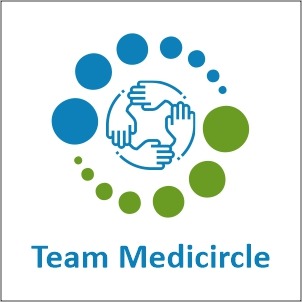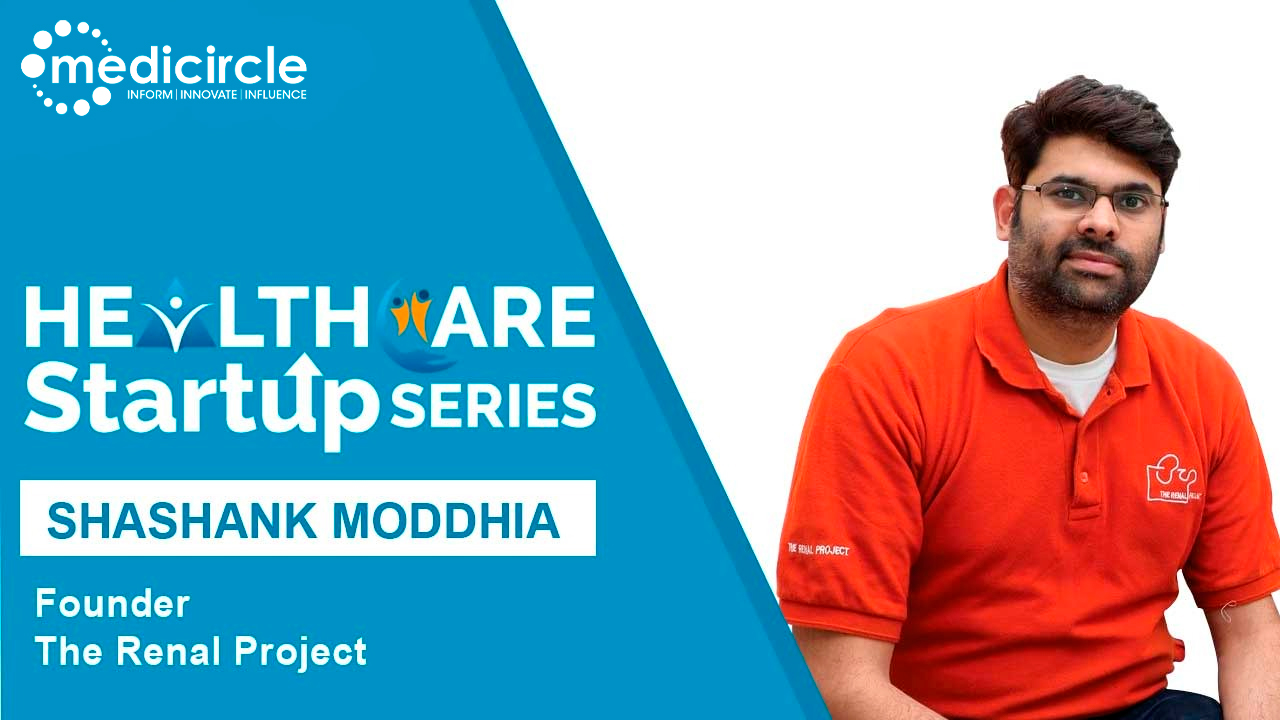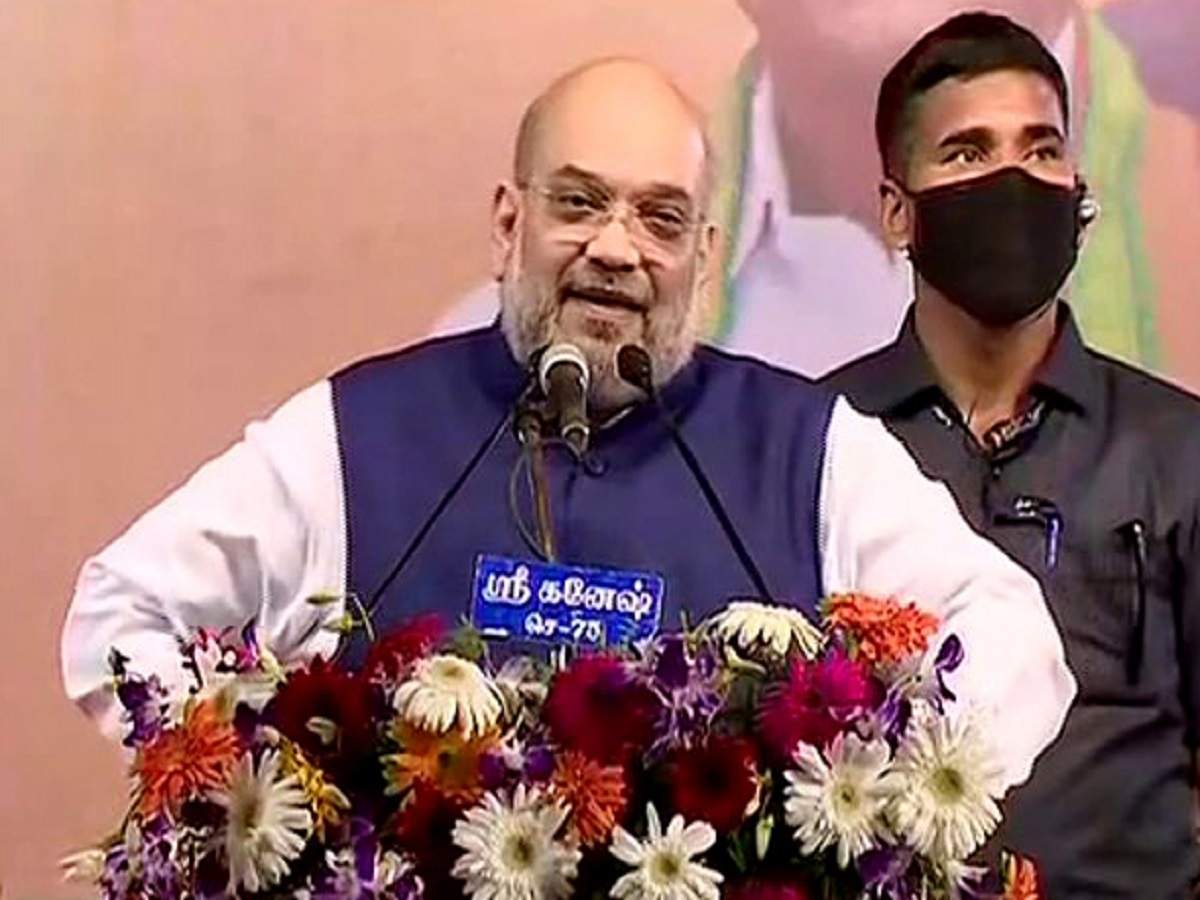New Delhi, January 2, 2025: The Union Budget 2025-26 has been widely hailed by healthcare leaders and industry experts for its strong focus on creating a patient-centric healthcare ecosystem. With substantial investments in medical education, infrastructure, and digital transformation, the budget aims to strengthen India’s healthcare sector and improve accessibility for all.
Presenting the Budget, Union Finance Minister Nirmala Sitharaman said, “Our Government has added almost 1.1 lakh UG and PG medical education seats in ten years, an increase of 130 per cent. In the next year, 10,000 additional seats will be added in medical colleges and hospitals, towards the goal of adding 75,000 seats in the next five years.”
Union Health Minister JP Nadda echoed this sentiment, highlighting the significant increase in healthcare funding. He posted on X, “The Union Budget 2025-26 strengthens India's healthcare sector with an allocation of ₹99,858.56 crore, marking a 191% increase from ₹34,286 crore in 2014-15 and a 9.78% rise from ₹90,958.63 crore in 2024-25.”
A key highlight of the budget is the 661.4% increase in funding for Human Resources for Health and Medical Education, rising from ₹220 crore in FY2024-25 to ₹1,675 crore in FY2025-26. This significant allocation aims to bridge India's doctor-patient ratio of 1:834, which remains below the World Health Organization’s (WHO) recommended 1:1000.
Dr. Aashish Chaudhry, Managing Director, Aakash Healthcare, welcomed the move, stating, “The healthcare sector will greatly benefit from the government's initiatives to improve infrastructure, increase medical seats, and establish daycare cancer centers. The addition of 10,000 medical seats this year and 75,000 over five years addresses the critical shortage of healthcare professionals. Furthermore, the push for digital infrastructure, including broadband connectivity to all primary health centers, will revolutionize healthcare delivery.”
Experts believe the budget has taken a holistic approach to strengthening the healthcare sector by focusing on infrastructure development, capacity building, digital health, tech-enabled services, and medical tourism.
Dr. N. K. Pandey, Chairman & Managing Director, Asian Hospital, emphasized, “The Budget looks progressive for the healthcare sector. Creating a new healthcare economy requires the right policy push, and the Union Budget 2025-26 has paid serious attention to infrastructure development, digital transformation, and capacity building. Even allowing 100% FDI in the insurance sector will significantly benefit the healthcare industry.”
The government’s decision to exempt basic customs duty on 36 life-saving drugs for rare diseases, cancer, and chronic conditions was also well received. Additionally, 37 more specified drugs and 13 new Patient Assistance Programs (PAPs) have been introduced to support patients across India.
Dr. Praveen Gupta, Principal Director & Chief of Neurology, Fortis Hospital, said, “The government’s decision to rationalize customs duties on life-saving drugs, particularly for rare diseases, is a welcome step. This will make advanced treatments more accessible for patients and institutions, reducing financial burdens. The announcement of 200 daycare cancer centers in district hospitals will significantly improve cancer care accessibility in underserved areas.”
The budget also emphasizes diagnostic services and telemedicine infrastructure as part of its broader vision for digital health.
Dr. Aakaar Kapoor, CEO, City X-Ray & Scan Clinic, pointed out, “The expansion of telemedicine infrastructure through broadband connectivity in PHCs will significantly enhance digital diagnostics and AI-driven radiology services. A well-implemented PPP model in diagnostics could accelerate last-mile healthcare delivery. We also hope to see further steps encouraging indigenous manufacturing of imaging and laboratory equipment to support long-term industry growth.”
The Ayushman Bharat - Pradhan Mantri Jan Arogya Yojana (PM-JAY) received a 28.8% increase in allocation, rising from ₹7,299 crore last year to ₹9,405 crore in FY2025-26.
Dr. Rajendra Patankar, CEO, Jupiter Hospital, highlighted the importance of this investment, and said, “The Economic Survey has projected that India will achieve the WHO’s doctor-to-population ratio of 1:1000 by 2030. This budget reaffirms that we are on the right path in terms of capacity building, with the government prioritizing medical education. With 780 medical colleges now operational, India is making significant strides in strengthening its healthcare workforce.”
With medical tourism emerging as a major revenue earner, experts believe that initiatives in Budget 2025-26 will further boost the sector.
Anup Mehra, DGM Finance - PSRI Hospital, said, “The Budget 2025-26 proved that the healthcare sector has been accorded priority. Medical Travel Value (Medical Tourism) has become a key revenue driver for the industry and the country. The renewed push for medical tourism, backed by easier visa norms, will bring significant economic benefits.”
The government has also committed ₹10,000 crore for a ‘Fund of Funds’ and the establishment of a Deep Tech Fund for startups, a move welcomed by healthcare innovators.
“The allocation of additional funds for startups will accelerate innovation, including in healthcare. These initiatives will not only improve access to quality healthcare but also foster entrepreneurship, innovation, and job creation,” concluded Rajneesh Bhandari, Angel Investor and Founder, NeuroEquilibrium.

 The government has also committed ₹10,000 crore for a ‘Fund of Funds’ and the establishment of a Deep Tech Fund for startups, a move welcomed by healthcare innovators.
The government has also committed ₹10,000 crore for a ‘Fund of Funds’ and the establishment of a Deep Tech Fund for startups, a move welcomed by healthcare innovators.




















.jpeg)


.jpeg)
.jpeg)
.jpeg)
_(1).jpeg)

_(1)_(1)_(1).jpeg)
.jpeg)
.jpeg)
.jpeg)








.jpeg)
.jpeg)